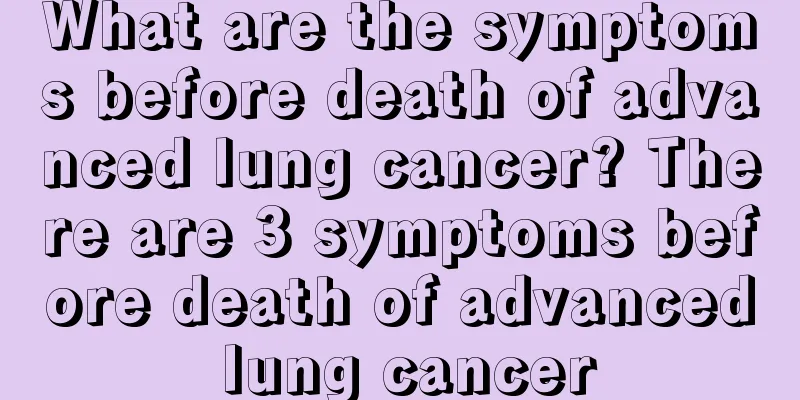Grading and treatment of pulmonary hypertension

|
Pulmonary hypertension can be divided into different levels. Patients with stage I pulmonary hypertension are not restricted in physical activity, and general activities will not cause shortness of breath, fatigue, chest pain, and headache. However, patients with stage II pulmonary hypertension are prone to symptoms of shortness of breath. 1. Grade I: Patients have pulmonary hypertension but are not restricted in physical activity Normal physical activity does not cause dyspnea, fatigue, chest pain, or dizziness 2. Grade II: Patients have pulmonary hypertension and mild limitation of physical activity Resting is not uncomfortable, but general physical activity may cause dyspnea, fatigue, chest pain, and dizziness 3. Grade IV: Patients have pulmonary hypertension and any activity can cause symptoms Signs of right heart failure, including dyspnea and/or fatigue at rest, which may be evident with minimal physical activity 4. Treatment of pulmonary hypertension includes: a. Appropriately adjust your daily physical activities. It is not clear whether physical activity can slow the development of pulmonary hypertension, but the intensity of physical activity should be appropriate for patients without experiencing symptoms (such as dyspnea, syncope, and chest pain), and activities should be avoided after meals and in high or low temperatures. Appropriate adjustments to daily activities can improve quality of life and reduce the occurrence of symptoms. b. Avoid going to high altitude areas. Hypoxia can aggravate pulmonary vasoconstriction in patients with pulmonary hypertension. The altitude of 1500 to 2000 meters is a mild low-pressure hypoxic area. Therefore, patients should be advised to avoid such areas. The environment on commercial aircraft is similar to that at an altitude of 1,500 to 2,500 meters, and patients should be advised to use oxygen while on board. c. Prevent infection. Patients with pulmonary hypertension are prone to lung infections and have poor tolerance. Pneumonia accounts for 7% of total causes of death, so early diagnosis and active treatment are necessary. Influenza and pneumococcal vaccines are recommended. Patients who receive continuous prostacyclin via an intravenous catheter should be alert to catheter infection if they develop persistent fever. |
<<: What fruit is good for nourishing the stomach
>>: What kind of honey is good for nourishing the stomach
Recommend
How to wash pork without rice water?
In order to make the skin whiter, people will use...
What are the benefits of patting your belly
Patting the belly can generally aid digestion and...
What's wrong with the purple blood streaks under the tongue
The tongue is a very flexible tissue that is loca...
What are the prevention methods for ovarian cancer
With the progress of the times, people's livi...
What are the traditional methods for treating tendon injuries
If you injure your tendons and bones when you are...
Is prostate cancer contagious?
Prostate cancer is not contagious. The disease is...
There is only one trick to deal with the heavy humidity in autumn
Summer has completely left us, and our clothes ha...
How to prevent lung cancer? Learn 5 points to prevent lung cancer
According to clinical data statistics, many patie...
What are the auxiliary treatments after lung cancer surgery?
After lung cancer surgery, in addition to convent...
How effective is biological immunotherapy for primary liver cancer?
Primary liver cancer is a common type of liver ca...
Principle of removing spots and peeling
Many people try their best to remove spots from t...
How long is the best lunch break?
The human body needs to get enough sleep every da...
Five magic weapons to prevent cancer: Master these secrets, cancer will not dare to come to you easily
In an era when cancer is feared, how to effective...
How to treat eye pigmentation
Pigmentation is quite common in life and it is al...
Signs of high mental stress
Too much mental stress can lead to some other sym...









